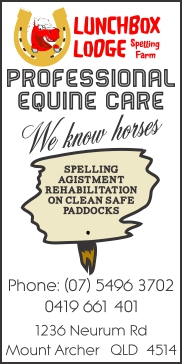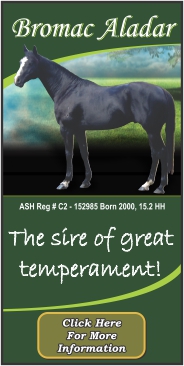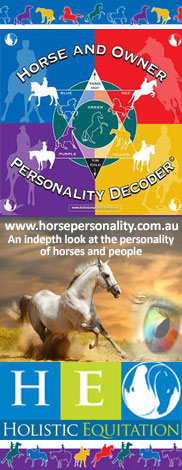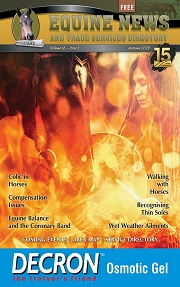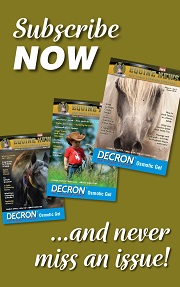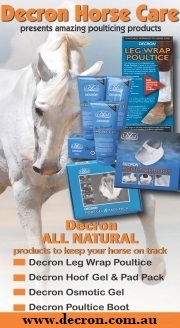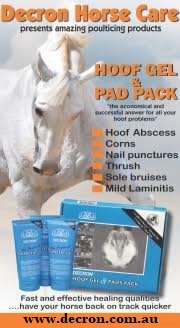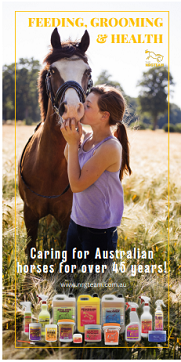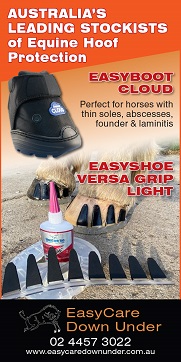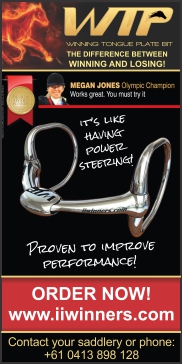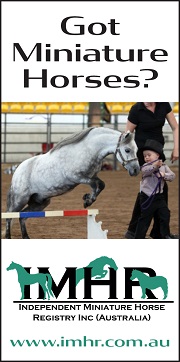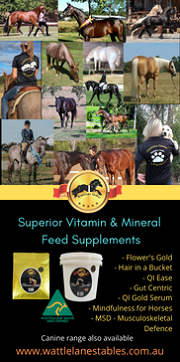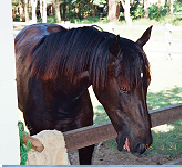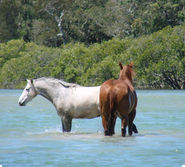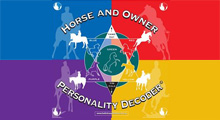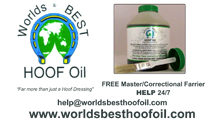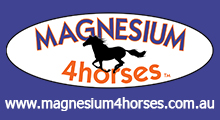Correcting Crooked legs, epiphysitis, etc.
During the first year of the foal’s life it will grow to over 90% of its mature height. Considering it is starting at only about nine hands tall (36 inches), and can reach fourteen hands or better within a year, this is a big change for the support structure of the foal.
Last week we discussed the condition of epiphysitis and the changes that can occur in the legs of our tall colts. An additional reason to monitor these colts and to recognize the condition early is that treatment is prolonged and includes slowing the growth rate. This requires reducing the ration to maintenance levels. The foal will lose weight and you may even start seeing its ribs. It will continue to grow but at a slower rate and will not look as fat and shiny as it did before treatment was started. All of this is necessary so the tendon’s growth can catch up with the long bones.
This time of rapid growth is also the time to evaluate the legs for deviations. Most foals will have at least one front foot turn out or, in fewer cases, turn in. We like to evaluate the straightness of the legs with the use of an imaginary plum line. This is dropped from the point cf the shoulder for the front leg and the point of the hip in the back. This line should divide the leg all the way to the toe.
When the leg turns away from the line this is a deviation from normal. To leave the leg crooked early in life will result in it staying crooked for the rest of its life. Although the mature horse can be trimmed and the crookedness often corrected with a shoe, the correction is usually temporary: it lasts for as long as the shoe is in place.
To leave the leg a little crooked at weaning can result in the leg being very crooked by the time the ephysitis closes (the growth plates of the long bones which close between 18 and 22 months, after which additional height is minimal). If, for example, the right foot is turned out, the inside of the hoof wall will wear down more than the outside, letting the outside wall grow long. As a result of the outside being long, there will be more pressure on the inside wall which will cause it to wear faster, taking more pressure off the outside wall and allowing it to grow longer. The longer outside hoof wall will land first when the foal walks, turning the toe out. If by now you are not dizzy you can visualize how this goes.
Fortunately, early in the foal’s life the bones are “soft.” The growth plates are still essentially cartilage and will respond to changes in the landing surface of the hoof. If the hoof discussed above were to be trimmed starting at weaning, it would straighten a great deal by the time growth stopped. All the trimming needed on most of the foals this early is rasping and, with the walls so soft, a stroke or two will remove a great deal of hoof. The above hoof would need the outside wall rasped down with the inside left alone. This will prevent the outside wall from catching the hoof as it lands and pulling it around. The inside will be able to grow out and start supporting its share of the hoof. Trimming the hoof every two to four weeks will help the leg grow straight.
Taking the time to straighten the limbs is important for the future soundness of the horse. There will be additional strain anywhere the leg deviates from the “plum line.” In the above example, the knee joint will be turned to the inside. Downward pressure of the horse’s weight will be pushing the knee to the inside and putting pressure on the small bones of the joint, increasing the chances of a fracture or torn ligament between them. Your efforts to straighten the limbs early will be rewarded the rest of the horse’s life.









